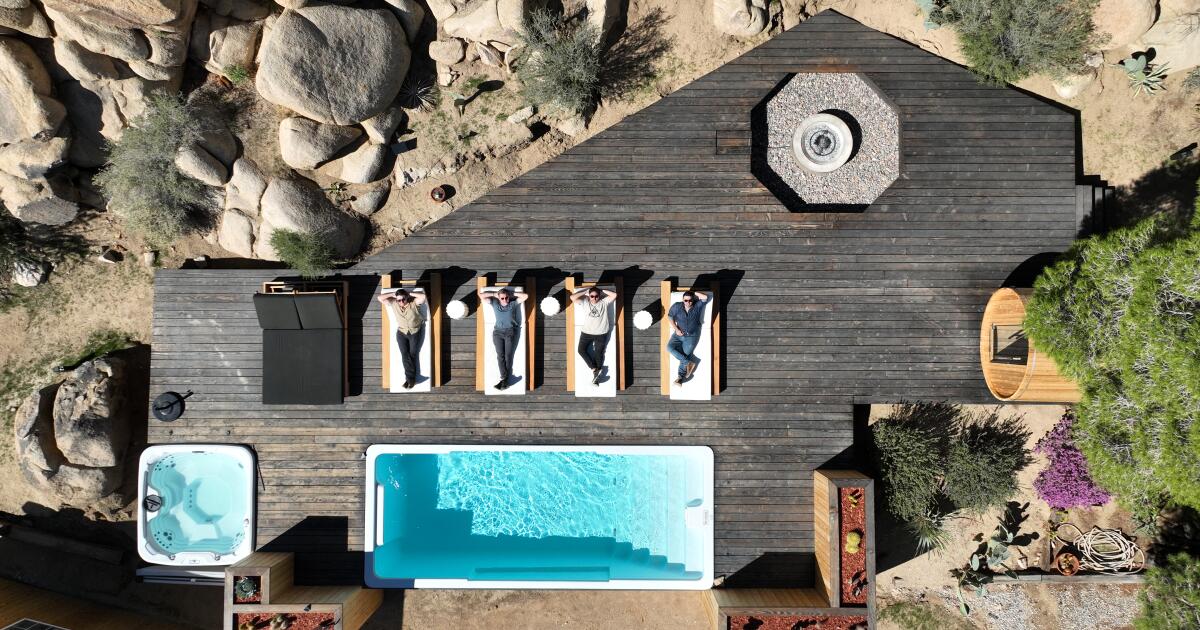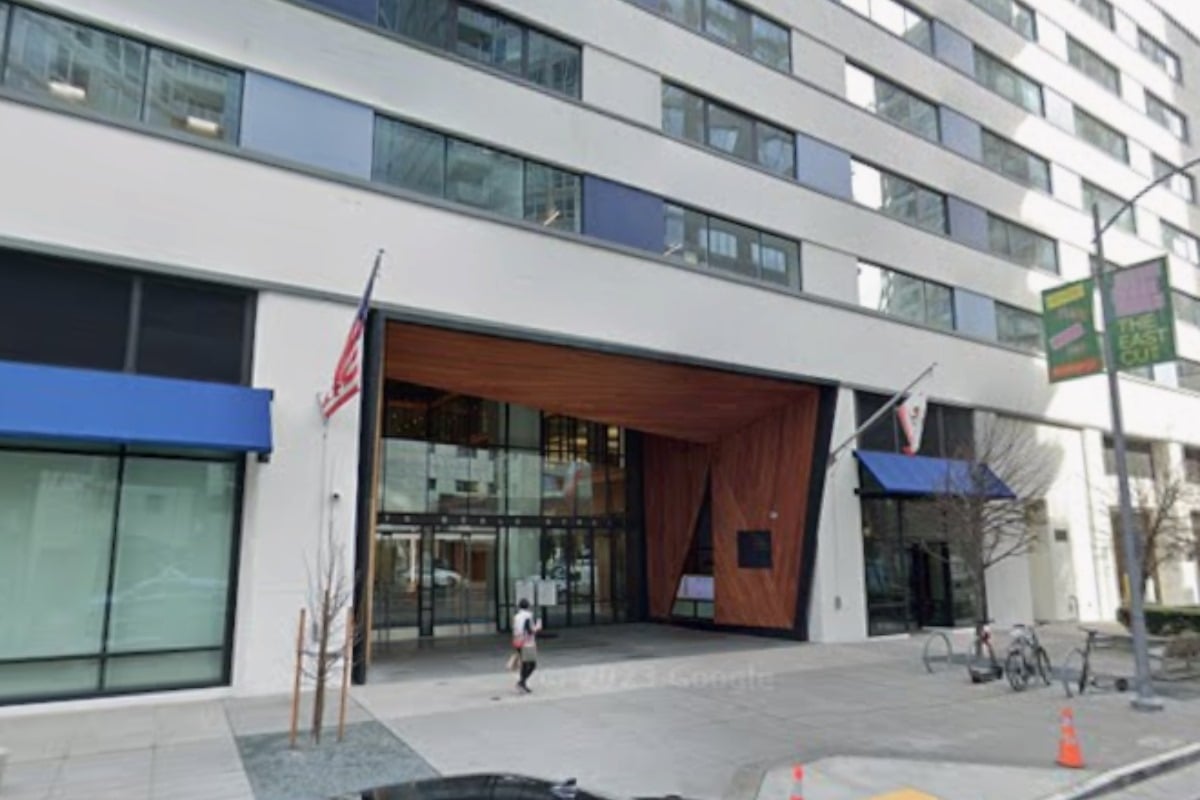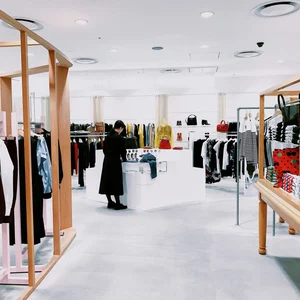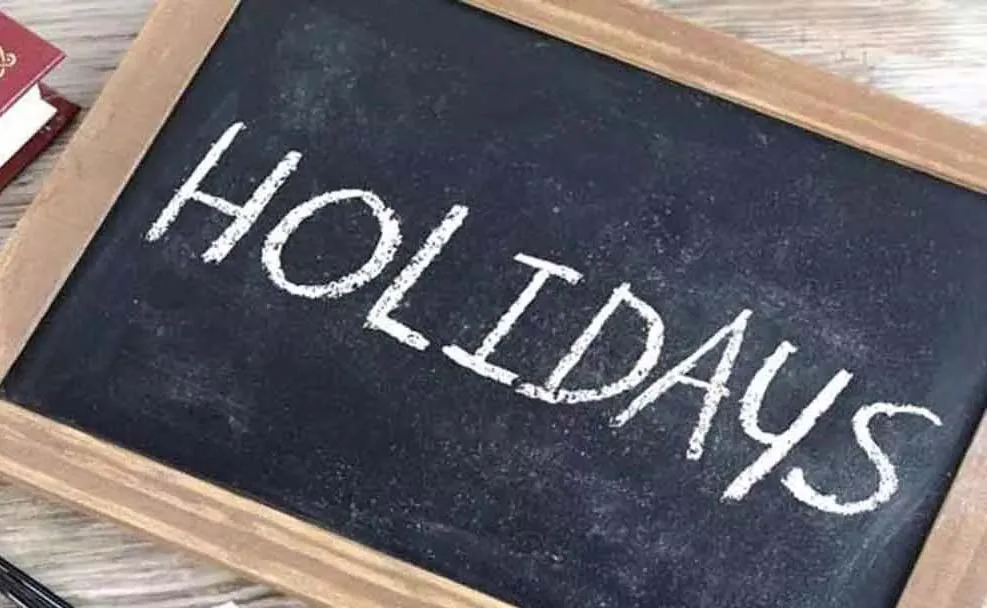Copyright Los Angeles Times

Many Angelenos dreamed about buying cheap land in the desert during the COVID-19 pandemic; Emmanuel Ruggiero actually did it. On his plot in Joshua Tree, the software engineer built a home specifically as a short-term rental — part of a craze that saw investors seeking to cash in on people fleeing the stress and contagion of cities to isolate in more-remote locales. He equipped his modern cabin with 16-foot ceilings, a swim spa and a private nine-hole golf course. Now, after two years as a top-rated Airbnb host, Ruggiero no longer wants to deal with the stress of managing a rental three hours away. He is hoping to sell his home for about $200,000 less than its appraised value when he first finished construction. “If I had bought stocks instead of putting the money into the house I built, I probably would have made more,” he said. He’s far from alone. Operators are exiting the short-term rental market in the high desert east of Los Angeles. This year, the Joshua Tree area has seen a drop in average available listings for the first time since the pandemic drove the number to record highs — with 3,449 to date, compared with 3,606 at the same time last year, according to data from AirDNA. Some are selling at a potential loss in a real estate market that has cooled since the dizzying heights of 2020 and 2021. Others are seeking long-term tenants to offset their mortgages as they wait to see whether home sales pick up. The shift may reflect a market correction after the saturation of vacation rentals became unsustainable and some inexperienced investors underestimated the difficulty and expense of managing properties, according to interviews with more than a dozen Realtors, property managers and investors. It may also be driven by a post-pandemic-emergency drop in tourism that has become more acute amid economic uncertainty and a volatile political climate, observers said. Meanwhile, those who live in the Morongo Basin, a string of gateway communities outside Joshua Tree National Park, are left to grapple with how the vacation rental gold rush reshaped their towns. Longtime area resident Gina Grandi watched meth labs become multimillion-dollar mansions amid a real estate boom that saw home values skyrocket more than anywhere else in the country, by some measures. “There was the pandemic and the work-from-home rules and the infusion of social media pumping up this exotic, beautiful landscape,” she said. “And then everyone wanted to have it on their Instagram.” Grandi herself listed a home in Yucca Valley on Airbnb in 2017. But costs quickly piled up: $15,000 to replace the HVAC system, $10,000 to update the wiring, hefty bills for cleaning services and utilities. On top of all that was the pervasive feeling that the frenzy was transforming her hometown into something she no longer recognized. Although Grandi stayed in the vacation rental game for six years, she never made enough to cover her monthly mortgage. She now rents to a long-term tenant. Although the numbers didn’t pencil out for Grandi, things were different for investors who already had amassed capital and experience running Airbnbs in places such as Los Angeles and Orange County, she said. Those investors — both individuals and private equity trusts — were able to snap up properties in the high desert and convert them to profitable short-term rentals by stocking them with pricey amenities such as pools and luxury finishes, she said. They could capitalize on relationships with management companies and cleaning services to create economies of scale. Lavish megamansions, many of them ultra-contemporary and painted black despite the desert heat, rose among tracts of modest ranches, Grandi said. “It was like Disneyland in the backyard,” she said. “You had bocce ball courts and hammocks with an outdoor fire pit. You had cowboy pools.” One popular listing features a private lazy river. Quiet neighborhoods where everyone had known each other for generations were disturbed by out-of-towners looking to party on the weekends, and landlords evicted tenants so they could try their hand at vacation rentals, she said. Other property owners were then able to use the drop in supply to justify raising rents. “During COVID, it was bonkers,” said real estate investor Patryk Swietek. Swietek hosts a podcast focused on Airbnb investing and co-owns Cohost Co., which manages about 120 short-term rentals in the Joshua Tree area. People typically come to the area looking for space and seclusion, he said. But even homes in relatively dense neighborhoods that “don’t really encompass the Joshua Tree vibe” were booked solid. That lured even more investors to convert those types of properties, which were cheaper and more available than homes on acreage, he said. Gita Vasseghi, of Los Angeles, initially wanted to buy a home in Joshua Tree in March 2021, when interest rates were low and she saw others operating successful short-term rentals. But properties there were typically going for $100,000 to $200,000 over the asking price, she said. So she settled on a home along a cul-de-sac in nearby Twentynine Palms. Vasseghi struggled to find workers to renovate the property. A contractor scammed her out of $17,000. By the time she was ready to list the home on Airbnb nearly two years later, the market was changing, she said. Companies were calling employees back to offices. Overseas travel and trips to other, more crowded locales became safe again. More recently, inflation and a sluggish job market have strained household finances and injected uncertainty into the future. International tourism to the United States has fallen amid stricter border policies and political unrest. Vasseghi recently realized “the math was not mathing,” as she put it. She is now looking to rent to a long-term tenant. “You live and you learn,” she said. “Everybody thought they were going to be an Airbnb millionaire during COVID.” Amid the drop in demand for desert vacation rentals, neighborhood homes with little outdoor space were the first to struggle, Swietek said. He believes that the decline in listings is driven primarily by investors removing these types of properties from rental platforms. Swietek has seen this firsthand as the owner of five short-term rentals in the high desert. The first property he bought is near other homes. He decorated it with pink walls and a disco ball statue to create “a cool experience,” he said. But it has struggled to achieve decent occupancy rates. He’s now in negotiations with a long-term tenant. The market for high-end vacation rentals in the Joshua Tree area remains strong, Swietek said. Although overall area occupancy rates fell from 71% in 2020 to roughly 52% last year, the decline was borne only by economy and mid-scale properties, according to data from AirDNA. Occupancy rates for upscale and luxury properties have increased since 2019. And average daily rental prices, overall, have been higher this year to date than ever before, the data show. “At the end of the day, the homes that were never meant to be short-term rentals are going to go back to the housing market and hopefully be somewhat affordable,” Swietek said. “Obviously not as affordable as they used to be.” A trend of short-term rentals returning to the market, on its own, may not be enough to bring housing prices down, said Kevin Klowden, executive director of Milken Institute Finance. He pointed to a 2022 report by the think tank that looked at five California vacation destinations, including the high desert, and concluded that short-term rentals were not a primary driver of affordable housing shortages. These rentals represent a small slice of the housing stock, and most are expensive single-family homes unlikely to be affordable to local residents, the report found. “The systemic problem with housing isn’t short term-rentals in the area,” Klowden said. “It is the fundamental underinvestment in all housing.” Still, he said, an increase in housing units could help, particularly if there is also a decline in demand driven by people who won’t pay prevailing prices, and if owners are willing to sell or rent at reduced rates. But so far, property owners who bought at the height of the market and sank hundreds of thousands of dollars into renovations and upgrades have been reluctant to sell at market rates, said Bob Armstrong, associate broker with GREEN Real Estate Group in Yucca Valley. Armstrong has been crunching data on the Morongo Basin housing market since 2013 for a widely read newsletter. Area home prices have not decreased significantly since 2021, and they remain far above what local families can afford, he said. He estimated that roughly 75% of area home sales are for less than $400,000, yet more than 60% of active listings are for homes above that price point. As a result, he said, homes in Joshua Tree were sitting on the market for an average of 121 days as of last month. Buyers last year closed escrow on 917 homes in Joshua Tree, Yucca Valley, Twentynine Palms and outlying areas and are on track to close even fewer this year, compared with 2,066 homes in 2021, according to data provided by Armstrong. Inventory has skyrocketed — from fewer than 200 active listings in 2021 to 715 in mid-October, Armstrong said. Per the National Assn. of Realtors, that puts the area “way into a buyer’s market,” he said. “But sellers haven’t been dropping their prices to act like it’s a buyer’s market.” Rather than face the prospect of losing money in a sale or having properties sit on the market, owners are increasingly converting homes to long-term rentals, said Mandilyn McGowen, a real estate broker with Accurate Investment Management in Yucca Valley. They’re often unable to command monthly rental rates that cover their mortgages, which average around $3,000, she said. “People are having to come to terms with the fact that some were bad investments,” she said. “They can either wait until the market improves, or get a tenant in there now and even if they eat the cost a little, at least they’re not having to pay the full mortgage.” Although rents have stabilized a bit as some owners elect to settle for lower rates, they are unlikely to ever come down to what they were before the pandemic, McGowen said. Myriah Westmoreland can no longer afford to live in her hometown. A one-bedroom apartment in Yucca Valley that cost her $750 a month five years ago is now renting for $1,350, she said. She currently lives in a bus, which on a recent October afternoon was parked in Lake Havasu City, Ariz. At first, Westmoreland was fine with the short-term rental boom, hoping that an increase in tourism would bring better jobs and higher incomes. For a time in 2020, she even cleaned Airbnbs. But although some locals were able to launch housekeeping and maintenance businesses, others lost their homes, she said. The area no longer looks like the place where she grew up, she said, citing lots stripped of native plants and chain stores replacing mom-and-pop businesses. Westmoreland recalls looking out the window of her old apartment and seeing the stars twinkle so brightly that she had to ask a friend if they were real. She recently stood in the same place and could see only a halo of light obscuring the sky. “I cry at nighttime when I’m there now,” she said, “because I’ve seen so many stars go away.”



